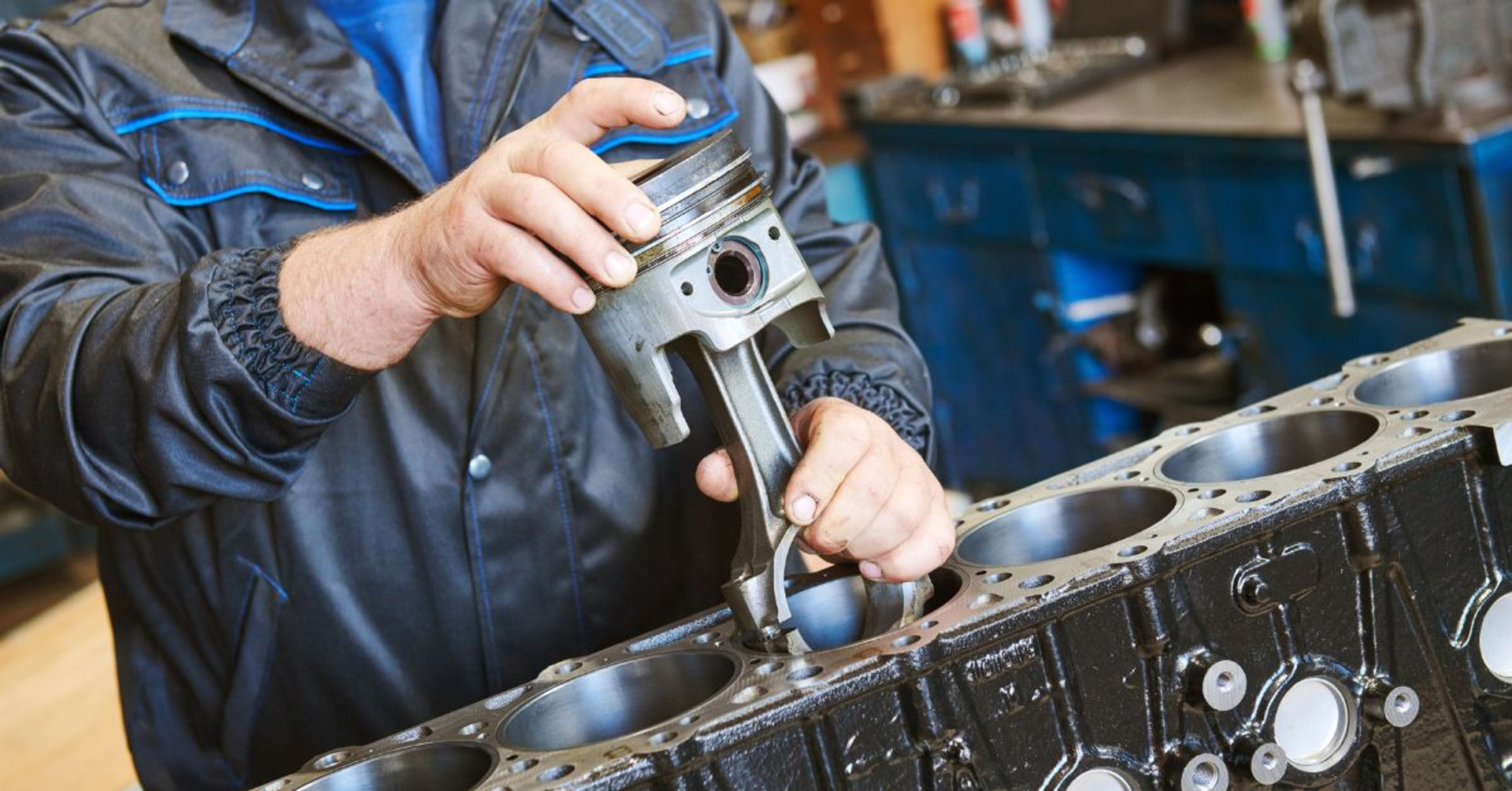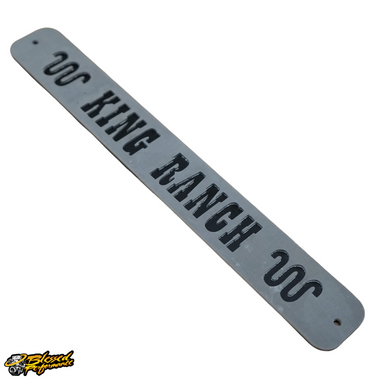The Ultimate Guide to Balancing an Engine
Estimated 0 min read
Is your ride feeling a little off-balance? More specifically, are the rotating and reciprocating motions inside your engine creating unnecessary vibrations as it speeds up? Philosophically, balance is necessary in all things, but it’s especially required with engines.
All engines are balanced in their respective factories to keep their internal forces in check. However, some are better balanced than others or might need to be rebalanced as time passes to protect and sustain the vehicle and its performance. Clear as mud? Then don’t miss this ultimate guide to balancing an engine to explain the process in greater detail.
Understanding Engine Balancing
Engines vibrate when they’re working. As the internal pistons and other parts rotate and reciprocate (move up and down), the engine is affected by the motion. Left unsecured, the engine would move from side to side or in other directions as the internal works operated. Here’s where engine balancing comes into play. Engine balancing is the precise distribution of the rotating mass of an engine’s internal components to minimize vibrations.
For a better example, imagine a washing machine filled with thick towels. As the wash cycle proceeds and the towels grow heavier with water, they might gather on one side of the drum. This uneven weight throws the drum off balance, causing the machine to vibrate, wobble, and jump around as the drum spins faster. Evenly distributing the weight of the towels and securing the washer can prevent vibrations.
However, if the washer continues to operate off-balance, it wears out and eventually breaks down. Likewise, when an engine is off-balance, it leads to decreased efficiency and performance, a bumpy ride, and conditions that could contribute to engine failure. Balancing an engine keeps it and your vehicle happy.
Engine balance is especially important for truck owners. Trucks operate under heavier loads and endure more demanding driving and working conditions than other vehicles. Hence, imbalances produce greater wear, decreased power output, and costly repairs. Investing in balanced, performance-tuned components can offset these risks.
The Balancing Process
Ready to seek balance? Here are some pointers on balancing your vehicle’s engine.
Static Balancing
This technique focuses on spreading the weight distribution of the engine’s rotating components evenly around the axis of rotation. As an illustration, picture a perfectly balanced seesaw—neither side tips too far. That’s what static balancing is all about.
Dynamic Balancing
With dynamic balancing, the focus is on creating balanced forces while the engine is operating at different speeds. This technique requires finer tuning, so to speak, rather than simply ensuring the weight is evenly distributed.
Engine balancing is performed for the special benefit of several main parts of the vehicle: the crankshaft, flywheel, pistons, and rods. Others are impacted as well, but these are the primary parts to consider. The balancing process itself involves the following steps:
- Inspection: The mechanic analyzes each engine component for problems or imperfections. Close inspection is necessary to see if parts must be replaced for better balancing.
- Measurement: Each component is likewise weighed to determine the areas of imbalance. If imperfections or other elements are throwing the process off, these parts must be replaced or repaired.
- Correction: This part of the process enables greater balance through techniques like material removal (grinding) or adding counterweights to redistribute mass as the engine operates.
The balancing process can’t be approached lightly, requiring special equipment and precise engineering. Therefore, unless the vehicle owner is especially proficient in the process, it’s best to leave a full-blown engine balancing to an experienced mechanic with the parts, tools, and space necessary to make the adjustments.
DIY Balancing Tips
However, if you do choose to tackle the job yourself, here are a few basic tips and tricks for better balance. While not as thorough as professional services, truck owners may improve engine balance through:
- Regular maintenance: Routine checks and replacements of worn components maintain balance. Of course, regular maintenance is just a good practice all around.
- Quality parts: Don’t cheap out on parts. Using high-quality, performance-rated components provides greater balance and longevity.
- Lubrication: Hopefully, you do periodic oil changes and similar basic maintenance. Make sure all the moving parts in your vehicle are lubricated to reduce friction and maintain balance.
Note that DIY approaches are not a substitute for professional balancing and may only offer short-term fixes compared to extensive engine balancing. However, they can’t hurt, and DIY balancing can aid in prolonging an engine’s performance if done correctly.
Common Signs of an Engine Imbalance
So, how do you know if your engine requires balancing? Detecting an engine imbalance early is necessary to avoid damage. Watch for the following signs:
- Excessive vibrations: Feeling a little wobbly as you drive? If your vehicle vibrates more than you’d expect, especially at higher RPMs, it could indicate an imbalance under the hood.
- Strange noises: Knocking, rumbling, and other noises often suggest an engine imbalance because rotating components aren’t synchronized.
- Poor fuel efficiency: If you’re paying more at the pump, the engine might need balance, as a harder-working engine burns more fuel.
Balancing New Engines
If you’re installing a new 2003 6.0 Powerstroke engine or another engine yourself, you won’t have the option of factory balancing. Consider hiring a professional mechanic to perform the installation and balancing. Whether you DIY it or have a pro do the job, always inspect and test the vehicle’s performance before extensive use. This way, you can be sure the job was done right, preventing potential performance issues from the outset.
The Cost of Engine Imbalance
What happens if you ignore engine imbalances? You don’t want to experience it yourself. Over time, imbalances may lead to a whole host of issues. For example, excessive wear can cause parts failures. The frequent breakdowns also lead to unplanned downtime.
You’ll pay more to maintain your vehicle due to frequent component replacements and repairs. You can even stress the engine, increasing its risk of overheating or incurring potentially irreversible damage. Lastly and perhaps most importantly, you risk stability issues when driving, especially at high speeds.
As we’ve made clear in this ultimate guide to balancing an engine, engine balancing is an important process that enhances performance and saves you hassle. Do you have further questions about engine balancing, or do you want to get yours balanced sooner than later? Contact us for a consultation today!










